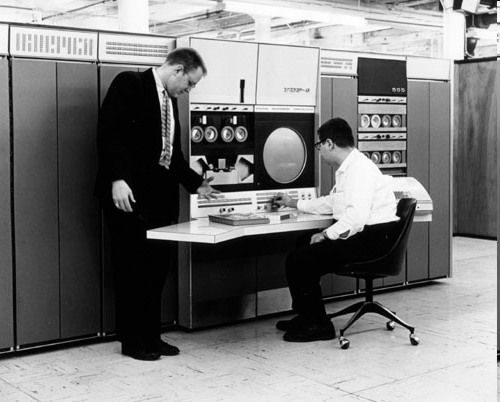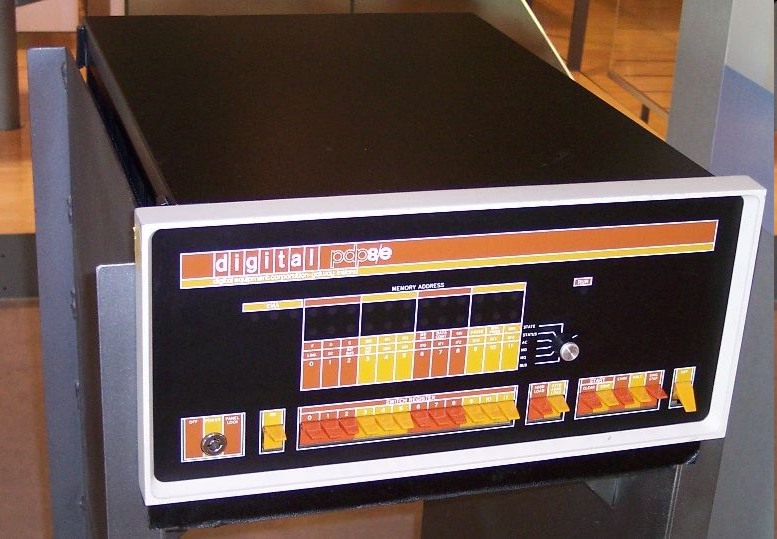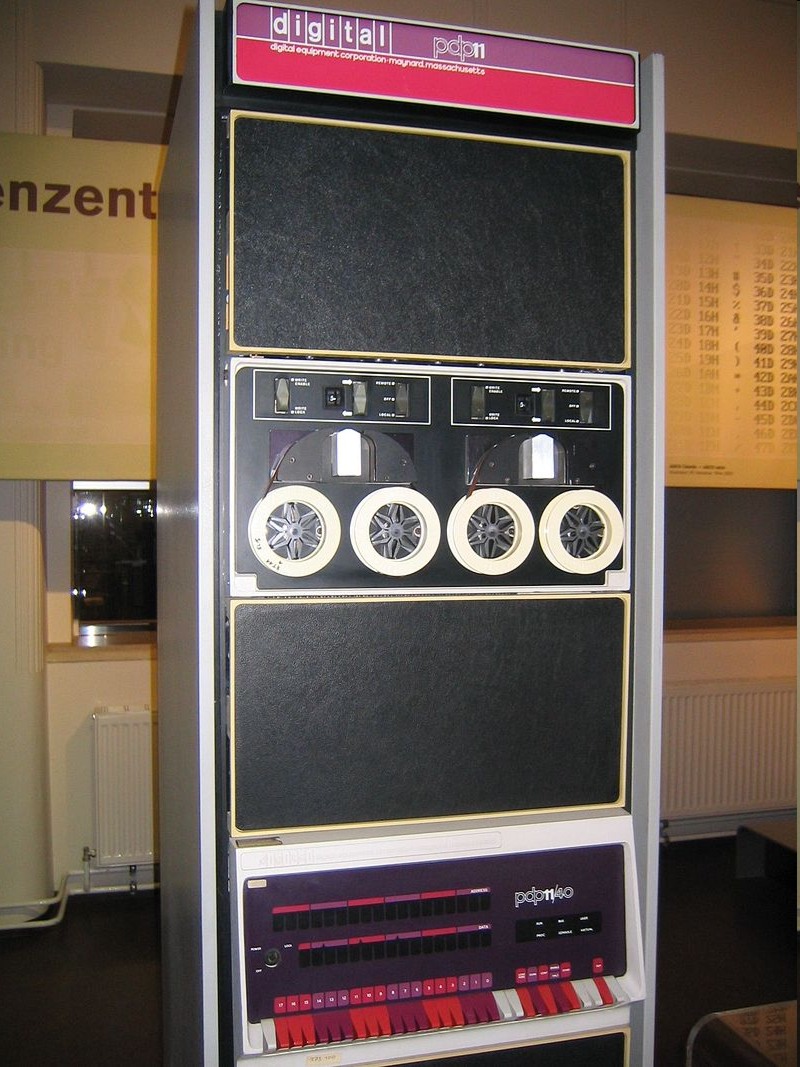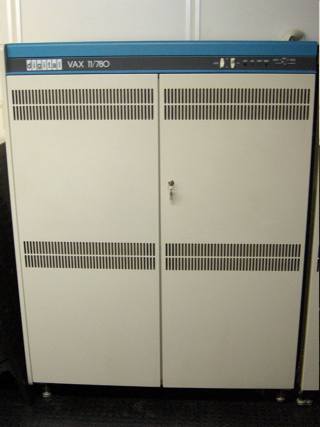| Gordon Bell And DEC - The Mini Computer Era |
| Written by Historian | ||||
Page 2 of 3
Towards the PDP-11The next major design work that Bell undertook was the PDP-4 which was completed in 1962. The design was similar to the PDP-1 but it was simpler and offered nearly the same processing power for half the price. The PDP-5 was designed as a front end data gathering computer for use with the PDP-4. The PDP-5 was at the time the worlds smallest and cheapest computer. The PDP-6 was a step in the other direction - a large multiprocessor machine. It wasn't a huge success, only 20 were built, but it was the start of Bell's interest in multiprocessor and large parallel machines.
The real breakthrough into the mass market was the PDP-8. The new machine was small, a single cabinet, fast and cheap. It used a 12-bit word and small 4K-word core memory. At last transistors were cheap enough to allow the CPU to use fast registers rather than memory locations. This was a computer which offered enough power for many jobs at only $18,000. It was an instant success. Over its life time 100,000 PDP-8s were sold. There was even a PDP-8 microprocessor which might have altered the course of PC history if DEC had decided to sell it for a low price to other manufacturers.
Gordon Bell designed the PDP-8's hardware and much of the software - it was his machine. After having built the best small computer available, he opted not to build the PDP-9 but to take a break as an associate professor at Carnegie-Mellon University. He remained there from 1966 to 1972 and in addition to teaching worked mostly on highly parallel multiprocessor machines such as the 16-processor C.mpp and the 50-processor Cm*. While Bell was away DEC carried on building machines, but nothing that was as successful as Bell's machines. The PDP-10 was another attempt at the niche that the PDP-6 was supposed to fill - i.e. a big multiprocessor machine. It still didn't sell in huge numbers and almost sank without trace. Even though Bell was doing his best to be an academic he remained a consultant to DEC and played a large role in the design of the PDP-11. This was arguably the first modern mini-computer. It had multiple general purpose registers, a wide range of addressing modes, a stack pointer and stack operations. It was also modular in the sense that it used a standard bus - the unibus - which allowed easy connection of peripherals. The unibus was the first example of a bus that was almost more important than the machine it served! The PDP-11 was immensely popular and gave DEC the lead in the minicomputer market in the 70s.
The VAX-11In 1972 Bell decided to take a sabbatical from Carnegie-Mellon to write a book on digital design, but Ken Olsen asked him to be vice president of engineering at DEC. He accepted and decided to attempt to put in practice some of the ideas he had been working on at CMU concerning multi-processor machines and Large Scale Integration (LSI). In 1975 DEC announced the VAX-11, the Virtual Address eXtension of the PDP-11.
The VAX was the first of the super-minis and it was another success. It turned up in applications that had previously needed mainframes and in many ways it is best regarded as a small, low cost mainframe - but with one important difference - networking was built into its over all design. A company could install a range of VAX machines and connect them together in a networked (Ethernet) time sharing system. In 1978 Bell thought of starting a company to produce personal computers, but didn't because the VAX was taking up so much of his time. Eventually though he did tire of the big company. The VAX system had a life of its own and there was little left for him to do. In 1983 he had a heart attack and after recovering decided not to go back to DEC. He considered various academic options but decided to set up Encore Computers to build multiprocessor super machines based on his multimax architecture. In 1986 he also set up Dana Computers to build single user supercomputers and he became the assistant director of the National Science Foundation's Computing Directorate where he set up a number of national supercomputer centres.
|
||||
| Last Updated ( Friday, 24 May 2024 ) |



